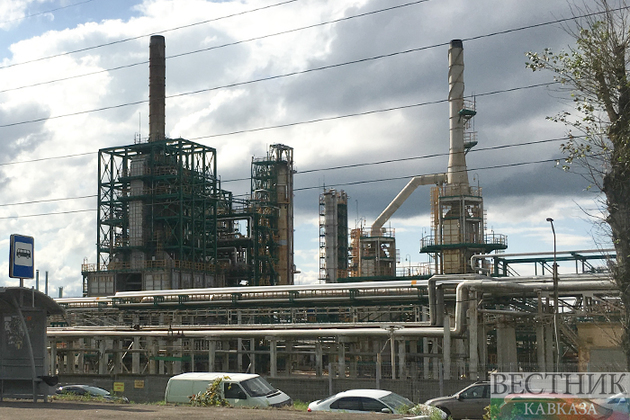Last year, the global steel industry faced serious challenges as China's COVID-19 "zero tolerance" policy and the ongoing global energy crisis led to instability in commodity markets. Steel prices seemed to bottom in early December, but it is difficult to predict the future of the market in 2023.
After weathering a bumpy ride throughout 2022, one of the world’s most traded commodities still isn’t out of the woods just yet. Oil Price writes. Though steel prices rose across the board over the past few weeks, mills around the world remain shuttered, and demand continues to fluctuate. Zero-COVID and limited energy across places like Europe are just some of the factors the steel industry endured over the past year. In the U.S., this was coupled with high-interest rates and a dollar that reached new highs before quickly retreating.
Stressor
Steel prices seemed to find a bottom at the beginning of December. However, will steel prices keep rising? If so, how quickly and by how much? Of course, reduced steel output remains a stressor for buyers, as large companies like NMLK continue to operate at limited capacity. Meanwhile, other manufacturers like Nucor and ArcelorMittal have raised HRC prices by $50/st. This means steel procurement professionals might face more headaches than they would like going into Q1.
Steel Prices: Has HRC Truly Reversed?
While HRC has pivoted to the upside in the short term, the trend still hasn’t reversed from the long term decline we saw in 2022. Currently, price action does not have sufficient strength to the upside for a true reversal. Therefore, further price direction needs to develop before a bias appears within the HRC trend.
Russian Sanctions, Conflict in Ukraine, and Other Market Factors
The conflict in Ukraine and sanctions on Russia dramatically impacted the global steel market. As a result, supply chains underwent significant transformations. Unfortunately, those supply chains were already suffering tight bottlenecks. As a result, many who sourced steel from these regions looked elsewhere for steel products. In many ways, the resulting supply chain alteration was even more dramatic than the post-pandemic supply chain dilemma.
Other issues (some already mentioned above) which changed the face of the global steel industry include:
- Zero-COVID impacting Chinese exports and imports.
- Europe’s energy crisis.
- The historically high USD. As many aspects of global trading run on the USD, this heavily impacted global commodity markets.
- Low domestic demand in China.
- Low demand in other parts of the globe.
- In the US, high construction costs due to rising interest rates.
- Impacts on global coking coal markets, supply levels, and trading networks.
However, these disruptions did bring about some positive factors for steel prices. These include:
- Buyers widening their buying options outside of China (or any one specific country/source).
- In some countries, domestic production increased. An good example is India fresh resolve to work towards more domestic coking coal production instead of relying on imports.
- In the US, experts predict construction demand will keep growing in the long term, despite short term disruptions and high interest rates
- The USD finally beginning to retreat to more reasonable levels, which will hopefully help global commodity markets
It is known how quickly commodity markets can change, and global steel markets are no exception.
As Vestnik Kavkaza previously reported, last year only Iran and India increased production among the ten largest steel producers in the world, while the world production of crude steel decreased by 3.7%.






